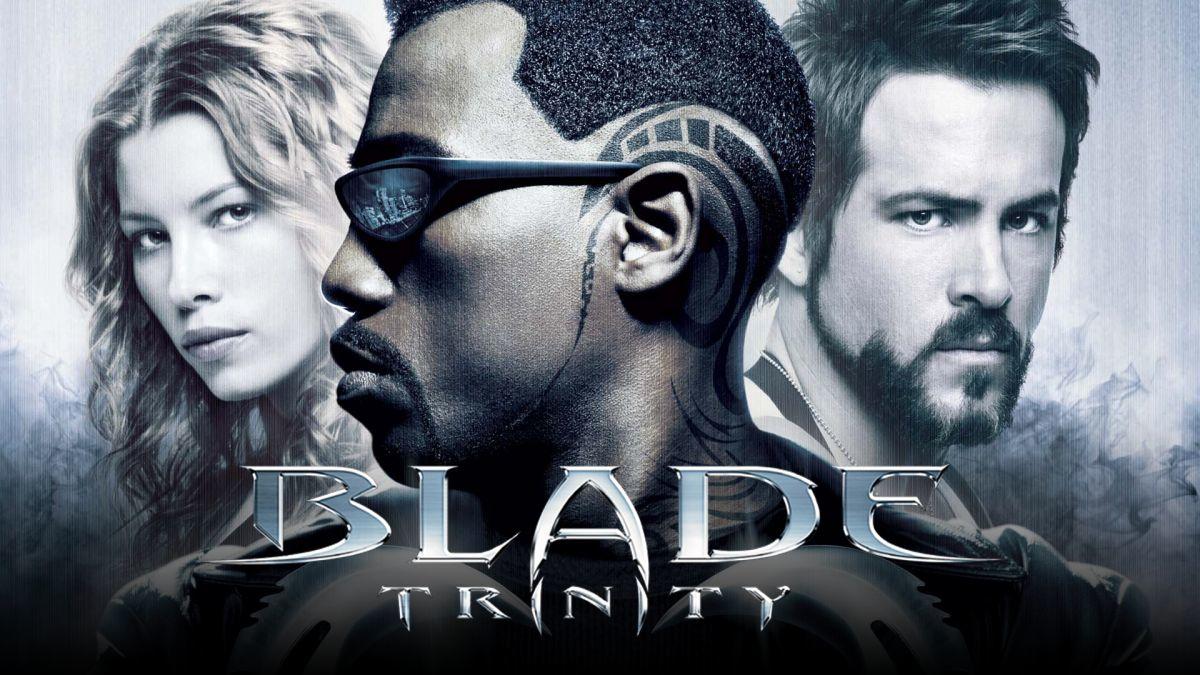Crisis on Infinite Earths: Does A Watchmen Sequel Explain How the New Mutliverse Works?
At the end of the 'Crisis on Infinite Earths' event on The CW earlier this year, the Earths that [...]
At the end of the "Crisis on Infinite Earths" event on The CW earlier this year, the Earths that homed Supergirl and Black Lightning were merged with Earth-1 of the Arrowverse's multiverse, creating "Earth Prime." As they did in the comics, the writers told the audience that the multiverse had been destroyed by the Crisis, and that the remaining, merged Earth was now the only one. Of course, that was undercut somewhat by a final sequence in the "Crisis" crossover that showed many of the universes destroyed by the antimatter wave had been restored -- so even if they weren't accessible to our heroes, they were still out there somewhere.
To some, that was a perfect ending for "Crisis," since it would have been cruel and pointless to see fan-favorite worlds like Smallville or Superman: The Movie one last time, just to see them destroyed altogether. It would also raise questions about ongoing stories that appeared in the Crisis, like Lucifer, Titans, or the forthcoming The Flash movie.
In the comics, DC's multiverse remained (at least nominally) off the table for twenty years after the events of Crisis merged a handful of the most popular Earths and rewrote history. During that time, fans had concepts like Elseworlds -- a line of non-continuity comics that took the heroes out of their familiar environs and deposited them in different, sometimes strange, contexts -- and Hypertime. The latter was an ill-defined concept that sought to undo the Crisis without actually saying it was undoing the Crisis, allowing for a single timeline to technically exist while an infinite number of branches off that initial timeline exist, and can cross over into different realities as needed. The concept was introduced in The Kingdom, and popular with some writers and readers. It may have taken off a bit more if The Kingdom had been received as warmly as Kingdom Come, the Elseworlds story to which it was a sequel, or if it had been made clear at the outset that part of The Kingdom's mission statement was to reshape the DC Universe.
Fast forward about 20 years from The Kingdom in 1999 to Doomsday Clock, which was published last year. As with The Kingdom, it was the sequel to a beloved, non-canonical story published by DC. And as with The Kingdom, the writer had an idea to fix some perceived wrongs with the history of the DC Universe by using the story as a jumping-off point. This time, though, they announced as much, and made a whole thing of it.

More than halfway through the series, they finally explained how it all fit together: Doctor Mahattan began to be aware of changes to the universe around him as he remained in the DC Universe for generations. Since the changes were all happening to one primary universe, it wasn't so much a multiverse as a "metaverse," a shifting universe/multiverse made up of stories that never died or went away, even if the timeline wanted them to. Stories are the building blocks of DC's reality, and -- evocative of something that Geoff Johns and Dan DiDio tried repeatedly over a decade or more to drive home with readers -- no matter what the current status quo, every story you love "counts."
In-story, Manhattan surmised that every major change to DC's sprawling multiverse all emanated out of this one universe -- an ever-changing and always dynamic reality he named the "metaverse." It was by changing the metaverse that he was able to affect changes across the whole multiverse. Developing an addiction to doing so, he began to see himself as a villain.
That, then, is the explanation I've chosen for the post-Crisis "multiverse" depicted in the final chapter of "Crisis on Infinite Earths." The Arrowverse did destroy the multiverse, bringing an end to those beloved stories from years past. But stories don't die, and characters that are larger than life find a way to persevere. Those stories, of course, are still out there. You can buy the DVD or stream it on the DC Universe app. They clearly happened, because even if the John Wesley Shipp version of The Flash was made non-canon, that character still existed and sacrificed himself in the Crisis, buying the Paragons precious time in their battle against the Anti-Monitor.
So the multiverse may be gone, but the Arrowverse remains a metaverse -- a reality where every story counts. In the coming seasons, Superman and Lois might reference the Superman doppelganger who helped battle the Anti-Monitor, or Black Lightning might remember meeting a totally different Barry Allen. And, somewhere in some corner of the metaverse, all those stories still exist. If the right circumstance comes up, maybe we will even see them again.
As Mark Waid said in The Kingdom, "There's a door -- even if he's not going to use it. Not today, anyway."




